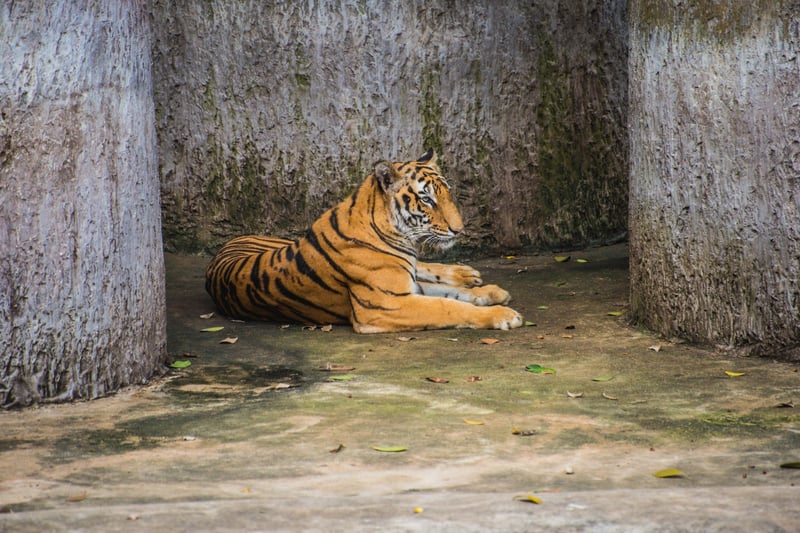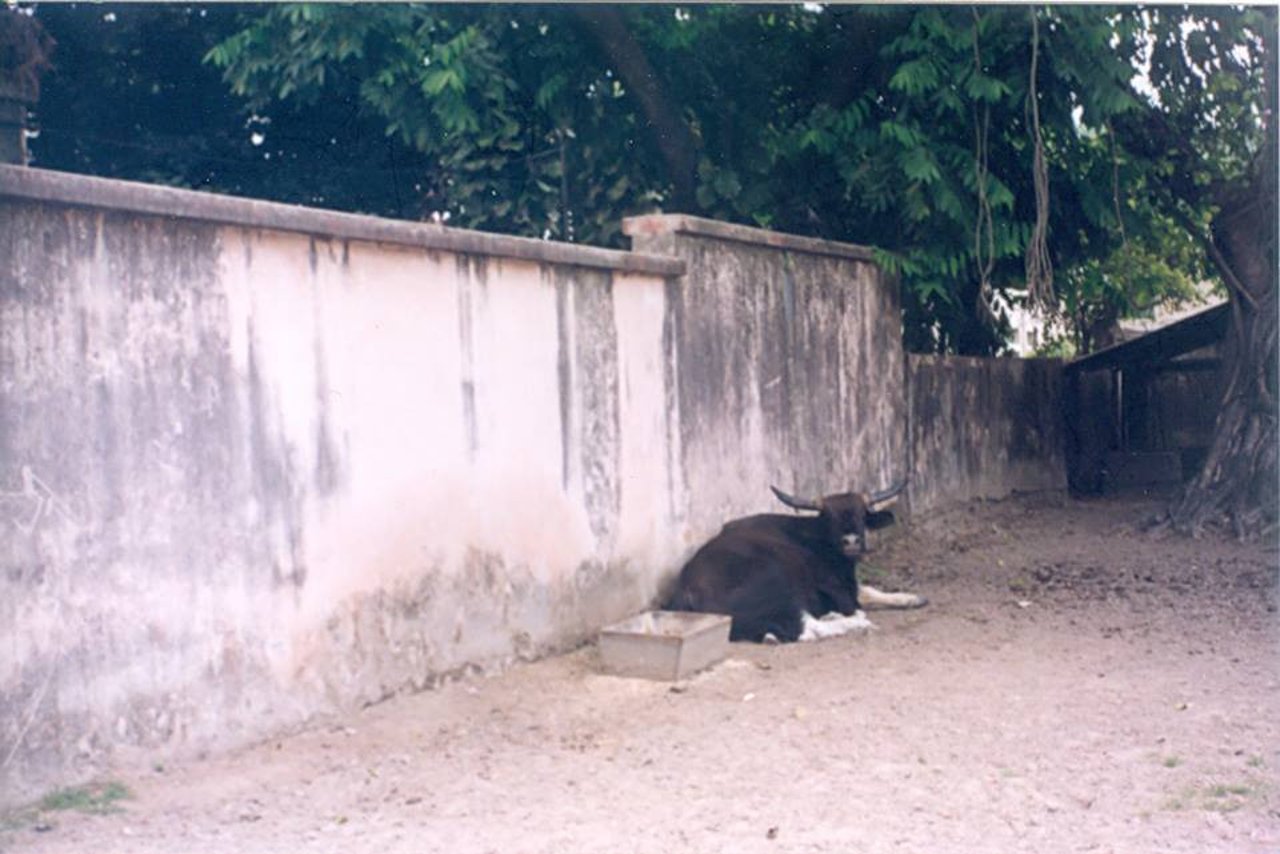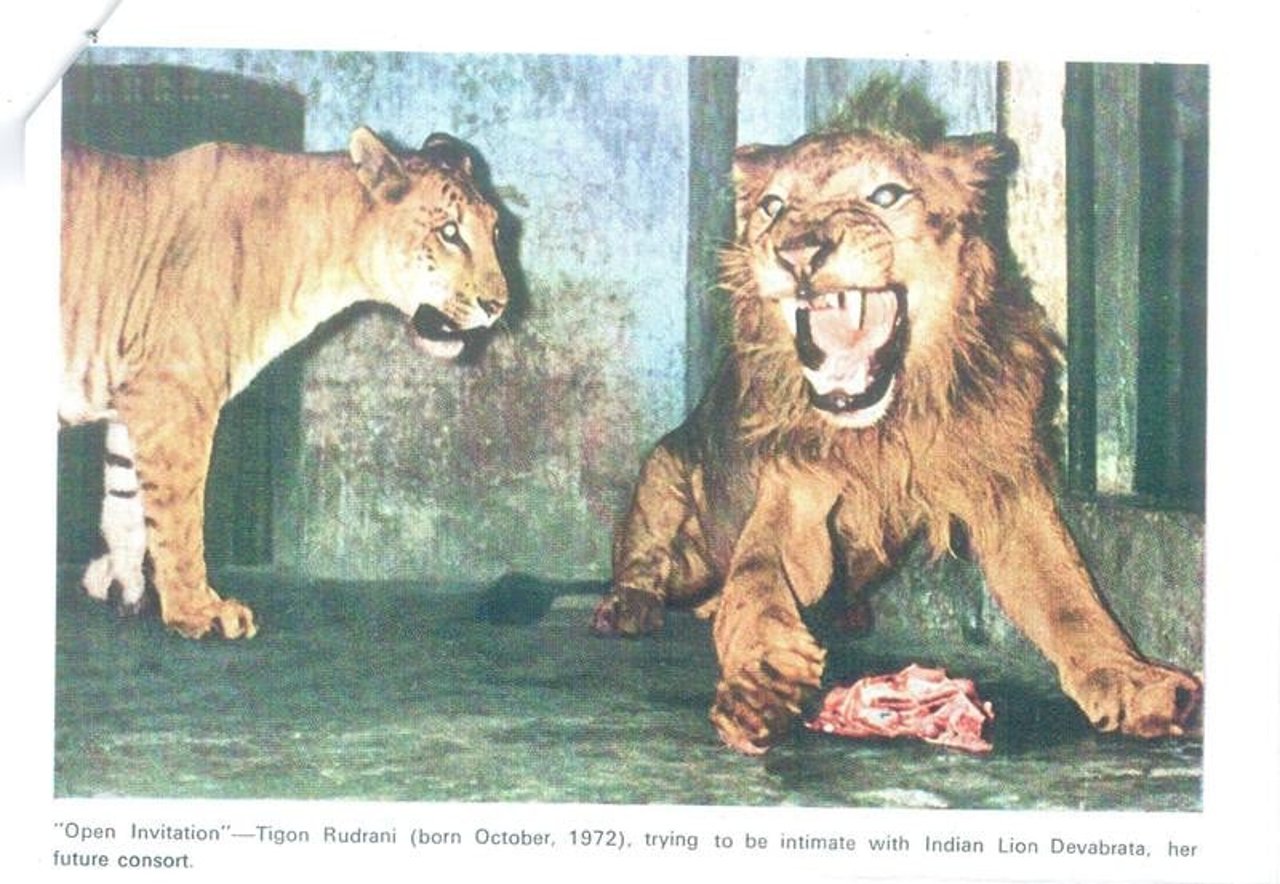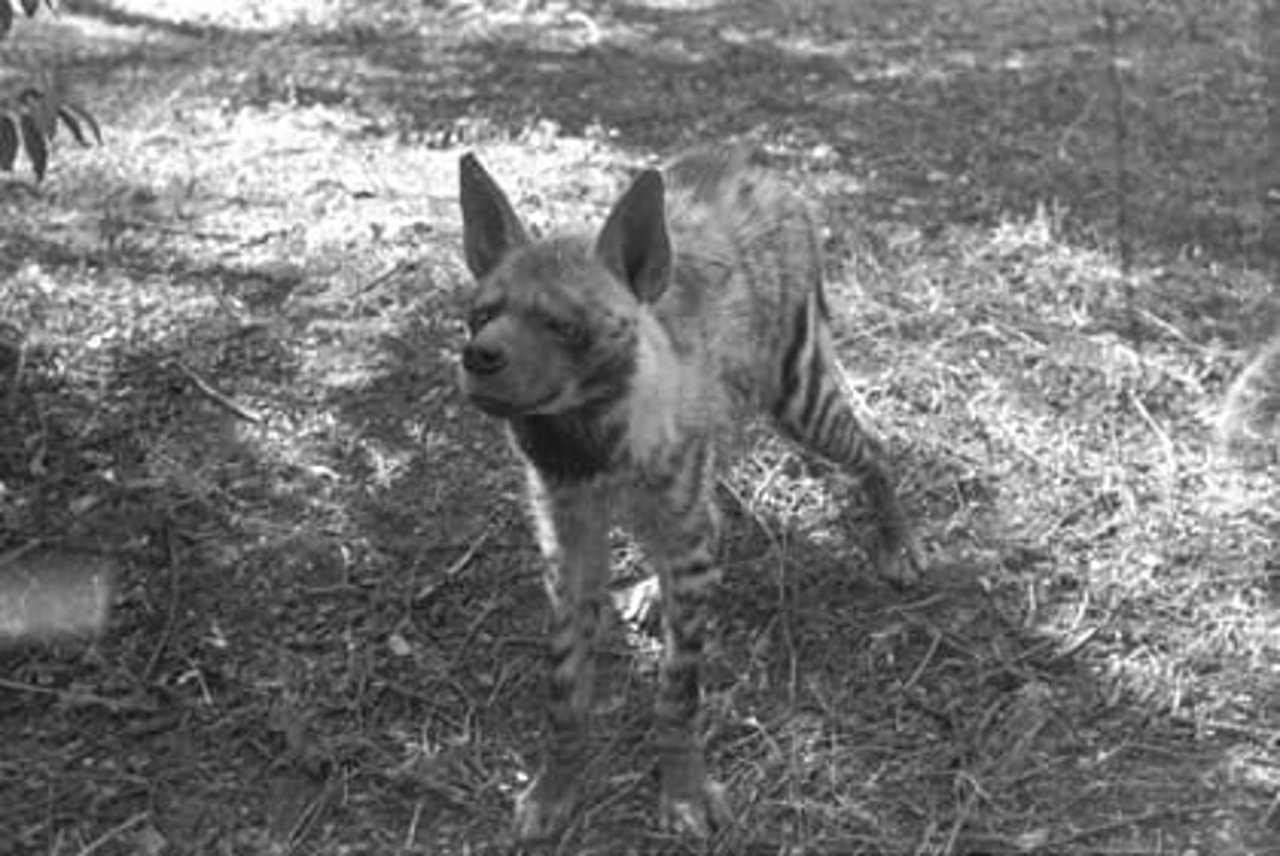
The reason for interbreeding is that how DNA would get shared during a range of numbers of encounters between modern humans and Neanderthals. Scientists also looked into models which best fit modern human genetic databases.
Interbreeding between Neanderthals and the ancestors of modern humans across Europe and Asia
We now have evidence that way more interbreeding happened between Neanderthals and the ancestors of modern humans across Europe and Asia than scientists originally thought, a new study has found.
Scientists initially thought that interbreeding among the two groups was more isolated to a particular place and time — specifically, when they encountered each other in western Eurasia shortly after modern humans left Africa. This idea stemmed from the fact that the genomes of modern humans from outside Africa are only about 2 percent Neanderthal, on average.
Subsequent research, however, has found that Neanderthal ancestry is 12 to 20 percent higher in modern East Asians compared to modern Europeans.
"There's been a lot of debate as to why East Asians seem to have a bit more Neanderthal ancestry than Europeans," says senior study author Joshua Schraiber, a population geneticist at Temple University in Philadelphia. "There've been two competing ideas. One is that East Asians happen to have interbred more with Neanderthals. The other is that, of the multiple ancestral populations of Europeans, one had very little Neanderthal ancestry, diluting the [overall] Neanderthal contribution."
To shed light on this question of interbreeding, scientists developed computer simulations that modeled how DNA would get shared during a range of numbers of encounters between modern humans and Neanderthals. Then, they looked into which models best fit modern human genetic databases.
The patterns of Neanderthal DNA inheritance seen in modern humans
The researchers suggested the patterns of Neanderthal DNA inheritance seen in modern humans are best explained by not one, but multiple, independent episodes of interbreeding between Neanderthal and modern humans, first and foremost in the Middle East, but also later in both Europe and East Asia. The dilutive effect likely also played some role in why there is less Neanderthal ancestry in modern Europeans than in modern East Asians. In other words, both multiple interbreeding episodes and dilutive effects might have occurred, contrary to what was previously thought.
This scenario of multiple episodes of interbreeding between modern humans and Neanderthals fits in with the emerging view that various human lineages had complex and frequent interactions. For example, recent work found the mysterious human lineage known as the Denisovans apparently contributed to the modern human gene pool at least twice, leaving behind two distinct genetic components — one mostly in Papuan and Australian aboriginal populations, the other primarily in East Asian populations.
Why some Neanderthal DNA was kept in the human genome?
More research is needed to explain why some Neanderthal DNA was kept in the human genome and some was purged, the scientists noted. For instance, previous work suggested that evolution weeded out a great deal of Neanderthal DNA from modern human genomes. One theory for this is that Neanderthal DNA was of less benefit to modern humans as their environments changed over time. Another theory posits that harmful mutations were more common in Neanderthals due to inbreeding.
The scientists detailed their findings online in 2018 in the November 26 issue of the journal Nature Ecology & Evolution.
The traditional belief held by biologists is that hybridization, which constitutes a breakdown of species-isolation mechanisms, is essentially unnatural, and hence unwelcome. While one can only speculate on the reasons why hybridization was considered so abhorrent, these views were strongly subscribed to and overemphasized mainly in the early part of the last century, especially when eugenics and Fascism became prominent and the purity of species was considered sacrosanct.
Gayal, a cross between a Gaur and domestic cattle at the Alipore Zoo by Shubhobroto Ghosh
The Biological importance of hybridization
Today, with rapid strides in science, however, it may be worthwhile to reconsider the biological importance of hybridization, a naturally occurring and ubiquitous process, unsullied by value-laden human prejudices. The time has also perhaps come to conduct a dispassionate and nuanced evaluation of the much reviled and discredited big cat hybridization experiments of the Alipore Zoo, which culminated in the birth of the litigon, Cubanacan. Such an analysis could provide historical insights into closely held scientific beliefs on species, genetics and evolution. It could also inquire how fallible record keeping of biological data, together with preconceived scientific notions, bureaucratic science management and public attitudes, could perpetuate value-driven belief systems that are anathema to objective, value-neutral science.
Rudrani a tigon(Tiger X Lion) with her consort Devavrata, a lion at Alipore Zoo in Kolkata. Image credit: Alipore Zoo
Scientists are rethinking the whole concept of species based on the idea of reproductive isolation
It is in the wake of these developments that the hybrid big cat images of Alipore Zoo are being reproduced here for edification, and are best seen in the light of the history of science without value judgement. Indeed today, scientists are rethinking the whole concept of species based on the idea of reproductive isolation as the defining factor. In 2017, scientists sequenced the entire genomes of four bear species, making it now possible to analyze the evolutionary history of all bears at the genome level. The research shows that gene flow, or gene exchange, between species by extensive hybridization, is possible between most bear species. The detected gene flow among bears questions the very basic biological concept of a species. The biological species definition assumes that different species cannot produce offspring in the wild or that hybrid offspring are sterile. The best-known example of this is the mule – a hybrid between a horse and a donkey, although examples do exist of fertile mules as well. However, it has been observed that grolars, the hybrids between polar and grizzly bears, are often fertile. Prof. Dr. Axel Janke of the Senckenberg Biodiversity and Climate Research Center in Frankfurt, one of the scientists involved in the bear evolutionary study has stated, "We have to ask ourselves: Does the species concept still hold true, given there is evidence of gene flow not only in bears, but also in other animals? Therefore, what do we need to protect for the future – species or genomic diversity? ".
Blackie, a Striped Hyena-dog hybrid, village Dhulsiras, Delhi, appx 1976. Picture credit Sharad Gaur.
Remarkable studies on hybridization and the species concept
Remarkable studies on hybridization and the species concept have also emerged from Professor Werner Kunz in his book, ‘Do Species Exist?’ and Dr Eugene McCarthy in his comprehensive book, ‘Handbook of Avian Hybrids of the World.’ These books point to the need to reexamine and rethink the entire species concept. The late conservationist Billy Arjan Singh, who established Dudhwa National Park in Uttar Pradesh, very often emphasized that hybridization could invigorate the gene pool of animals like the tiger and he stated this in reference to his tigress Tara, whose genetic makeup was considered to be controversial because she might have been a hybrid between a Siberian and a Bengal tiger, a cross of two subspecies. Modern day science, recognizing the fluidity of the concepts of species and subspecies, is giving us strong indicators that Billy Arjan Singh might have been right, after all, in his views on gene exchange and hybridization. In a paper entitled, ‘Planning tiger recovery: Understanding intraspecific variation for effective conservation,’ by Wilting, Courtiol and Kitchener, et.al, the authors state, “Basing current conservation strategies on numerous subspecies, for which there is little or no scientific support, may actually hinder the tiger’s survival by preventing large-scale cooperative conservation management programs, such as conservation captive breeding, reintroduction initiatives, or trans-boundary projects, which will be restricted to the currently recognized putative subspecies.”
Tara, a hybrid Siberian Bengal tigress raised by Billy Arjan Singh in Dudhwa National Park Book cover image
Hybrid animals in Wildlife Trade
Despite the monumental scientific importance attached to hybrid big cats and other animals in understanding evolutionary processes and genetics, it has to be stated that most captive animal operators breed hybrid big cats and other animals for making money rather than for any genuine scientific objective in mind and therefore there is a need to bring in appropriate legislation wherever necessary to control/curb the breeding of hybrid big cats as indeed of any big cats or any animals in captivity. Hybrid animals already in captivity should be treated with the same compassion and humane consideration applied to so called pure bred animals.
Understanding hybrid animals better is also necessary to determine their legal and moral status in the burgeoning wildlife trade. Currently, the status of hybrid animals in legislation on trade, just like their exact status in taxonomy, is clouded under a pall of doubt and uncertainty.
Similarity between the concept in biology and constellation in astronomy
In many ways, the species concept in biology resembles the concept of constellation in astronomy, that is, it is a concept that exists in the human imagination for convenience but not in reality. The doyen of evolutionary biology, Charles Darwin, was puzzled by hybridization and the species concept throughout his life and in a letter to the botanist Joseph Hooker in 1856, stated, “I have just been comparing the definitions of species [...] It is really laughable to see what different ideas are prominent in various naturalists' minds, when they speak of 'species'; in some, resemblance is everything and descent of little weight - in some, resemblance seems to go for nothing, and Creation the reigning idea - in some, descent is the key — in some, sterility an unfailing test, with others it is not worth a farthing. It all comes, I believe, from trying to define the undefinable." In the spirit of open mindedness and reason, let us hope that a better and more nuanced understanding of hybridization and the species concept leads us to an enhanced appreciation of the nature of all life on earth.
Acknowledgements :
Rahul Majumdar, Dr Anindya Sinha, senior scientist, National Institute of Advanced Studies, Bangalore, Piyali Chattopadhyay Sinha, Ashish Samanta and Shibaji Bhattacharya, Alipore Zoological Gardens, Kolkata, Payel Biswas of Institute of Urban Transport, New Delhi, Subhodip Bid of National Library, Kolkata and Anirban Chaudhuri all contributed in locating the historical records of hybrid big cats in Alipore Zoo in Kolkata. The authors extend their gratitude to Dr M K Ranjitsinh and Ms Ekta Sodha, CEO of Cadmus Sodha Schools in Jamnagar for their help in confirming the record of Ranji, the tiger X lion hybrid in the zoo of His Highness, the Jamsahib Ranjitsinhji, Maharajah of Nawanagar, Gujarat, India.
Shubhobroto Ghosh is author of the Indian Zoo Inquiry and the book, ‘Dreaming In Calcutta And Channel Islands.’ He is now Project Manager of Wildlife at World Animal Protection in India.
Karin Saks is a primatologist based in South Africa. Since 1997, Karin has been involved in the fostering and rehabilitation of orphan baboons, the caring of injured monkeys who have been returned to the wild and has worked towards a harmonious co-existence between these primates and humans. She has many publications on primates and has been the subject of television programmes and films.
Understanding hybrid animals better is also necessary to determine their legal and moral status in the burgeoning wildlife trade. Currently, the status of hybrid animals in legislation on trade, just like their exact status in taxonomy, is clouded under a pall of doubt and uncertainty.



